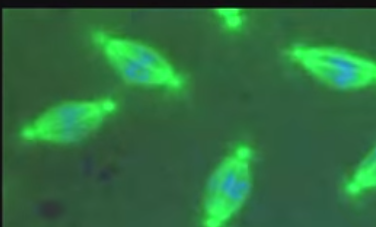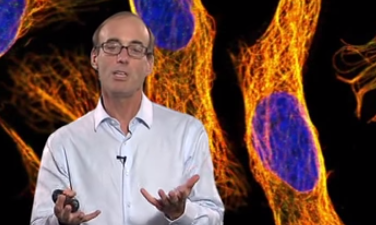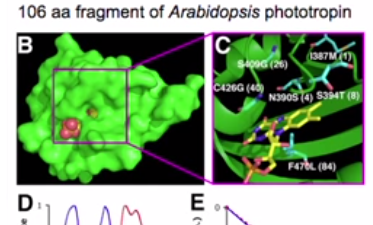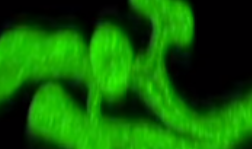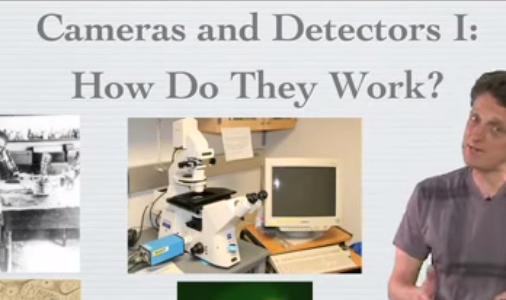Description:
Although people usually relate fungi with diseases, Dr. Anne Pringle provides an overview of the vastly diverse and complex world of fungi, and provides examples of the beneficial roles that fungi have on Earth. For example, although some fungi have been associated with devastating infections that threaten harvests every year, other fungi are mutualists needed for the healthy development of plants and animals.
In her second lecture, Pringle explains how one can use a “reverse ecology” approach to describe and characterize different organisms and their habitats, by studying their genes. Her laboratory used this approach to study the origins of the Bay Area Amanita phalloides. Although Amanita phalloides was thought to be an invasive species, historical records were mostly descriptive and hard to use as concrete evidence of the species’ biogeography. Using genetic information, the Pringle laboratory was able to definitively prove that early samples identified as Amanita phalloides in the US are distinct from the European species. They also used molecular data to document the symbiotic associations between Amanita phalloides and plants, proving the efficacy of these approaches to study species that are hard to grow in the lab.
In her third lecture, Pringle provides an overview of convergent interactions, defined as the independent emergence of multi-species interactions with similar physiological or ecological functions. For example, multiple plant lineages have independently evolved interactions with fungi in order to exchange resources and form what are known as mycorrhizal symbioses. To further understand how convergent interactions are formed, the Pringle laboratory studied the evolution of plants that have “pitcher”-like structures as well as the mycorrhizal symbiosis in the Amanitagenus.
Medical and Patient education videos
-
Title
Description
-

European Respiratory Society: Should we be testing new drugs in the ‘real’ world where some patients smoke, are obese and have other comorbidities?
-

European Respiratory Society: A revolutionary collaborative approach to research funding is providing new insights into the origins of chronic respiratory diseases.
-

European Respiratory Society: Clean air is vitally important for people who live with aspergillosis. Chemical pollutants have the capacity to worsen symptoms and quality of life, PM2.5 particulates (mentioned in this video) include aspergillus and other fungal spores.
-
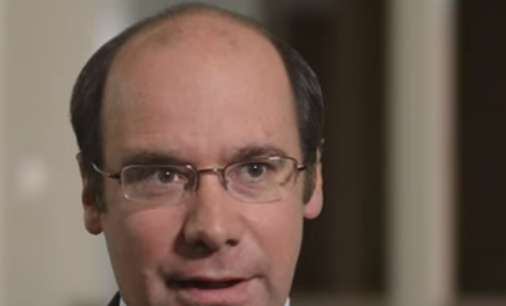
European Respiratory Society launches its latest vision to support those with respiratory health difficulties throughout europe: encouraging patients to increase their levels of activity which is proven to improve lung health.
-

Stewart Armstrong inspiring many people to do ‘Push-ups for aspergillosis’ to raise awareness and funds for aspergillosis research.
Facebook page (November 2015)
Also see the compelling video of Stewarts’ story as told by himself

